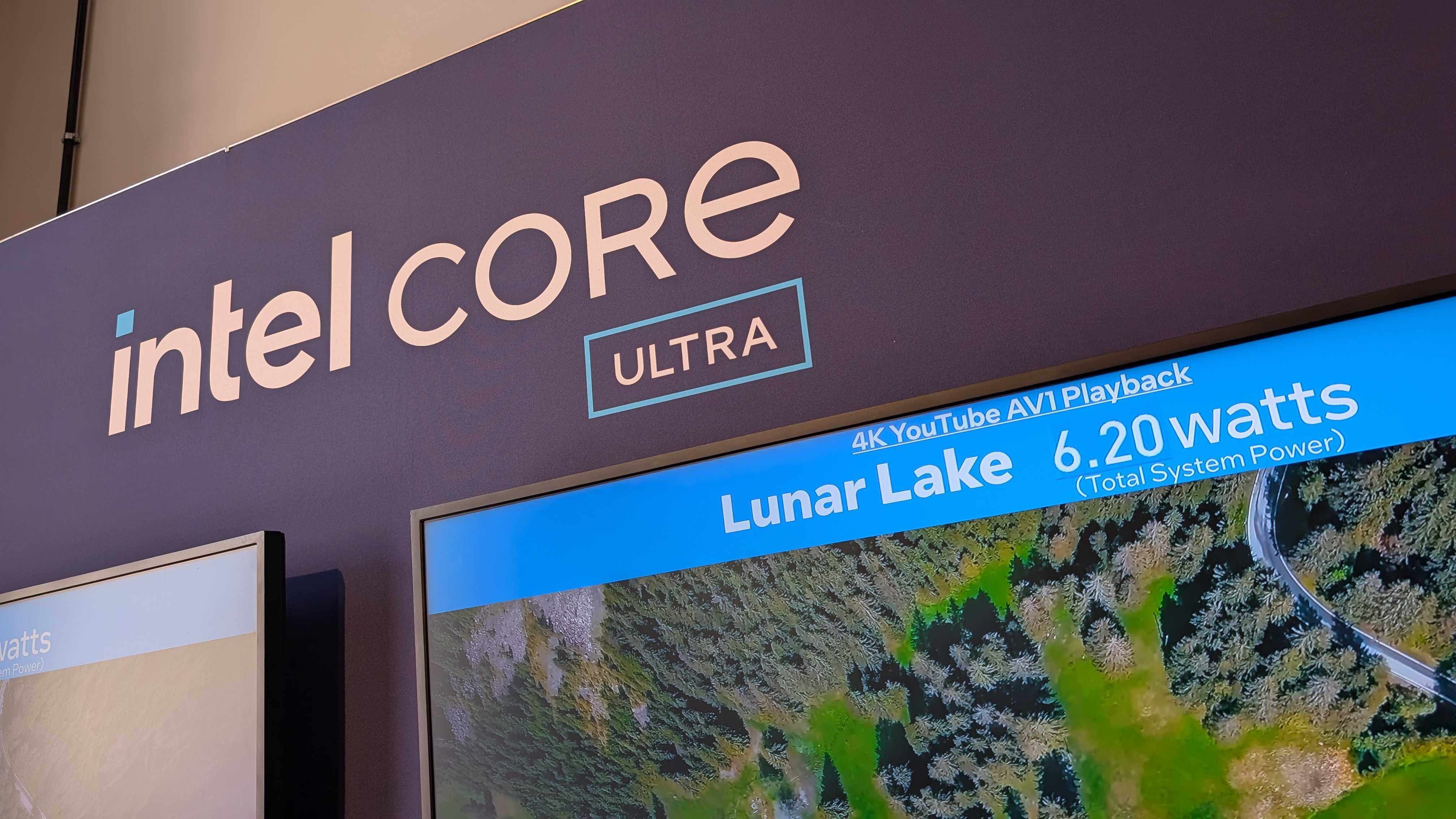Reports indicate that Intel may not receive funding from the CHIPS Act, or at least that the chipmaker may have to wait longer than expected to receive funds.
What you need to know
- Intel was set to receive $8 billion in grants through the US CHIPS Act and an additional $11 billion in loans, but that is now in jeopardy.
- To receive funding through the CHIPS Act, a company must meet milestones and stand up to scrutiny.
- Intel has struggled in many areas this year, including Intel Foundry services losing money and the company sharing a disastrous earnings report in August.
Intel's rough 2024 could get worse unless the chipmaker makes some major changes. The company's year already includes laying off 15,000 employees, a class action lawsuit about failing 13th Gen and 14th Gen CPUs, losing $32 billion in market cap in a single day, and a lawsuit by shareholders accusing the company of hiding negative information about Intel Foundry services. Now, Intel may have to wait before receiving billions of dollars through the CHIPS Act.
Intel was set to receive $8.5 billion in grants and $11 billion in loans through the CHIPS Act, but that funding is dependent on Intel hitting certain milestones. Before any of that funding is shipped to Intel, the US Government needs to feel confident in a company delivering on promises. The requirements are not exclusive to Intel, though the chipmaker appears to be having a more difficult time gaining the confidence of the government than other tech giants.
The latest information on the saga comes from a report by Bloomberg, which spoke with people familiar with the situation. Reportedly, Intel is reluctant to share certain information with the US government that would illustrate the chipmaker's viability. Bloomberg was not able to receive official word from the Commerce Department, which declined to comment on the situation.
Intel shared a statement to Bloomberg:
"We are making significant progress across our US projects in Arizona, New Mexico, Ohio and Oregon, and look forward to finalizing our funding agreement soon."
Intel shared a damning earning report in August that listed a net loss of $1.61 billion. Reuters reported that Intel shareholders were blindsided to discover Intel Foundry services are "floundering." In an effort to save $10 billion through 2025, Intel announced 15,000 layoffs.
"Our revenues have not grown as expected—and we've yet to fully benefit from powerful trends, like AI," said Gelsinger in a memo to Intel staff last month. "Our costs are too high, and our margins are too low. We need bolder actions to address both—particularly given our financial results and outlook for the second half of 2024, which is tougher than previously expected."



3175x175(CURRENT).thumb.jpg.b05acc060982b36f5891ba728e6d953c.jpg)

Recommended Comments
Join the conversation
You can post now and register later. If you have an account, sign in now to post with your account.
Note: Your post will require moderator approval before it will be visible.